|
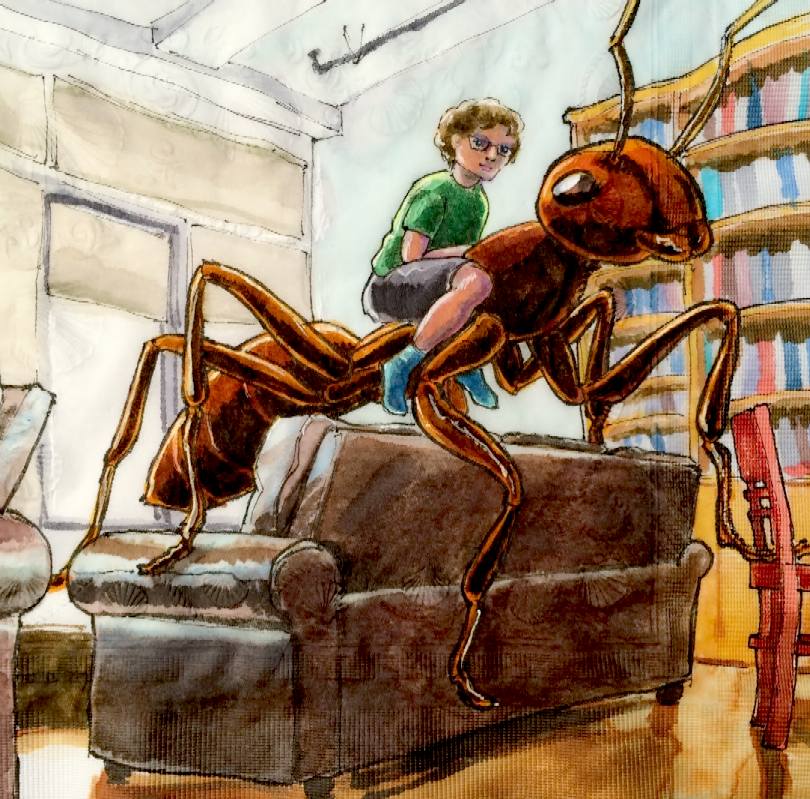
JIMMY
WATSON
-
His mother, Marion, teases her son about his dreams to build a large robot ant with a
drawing of her son riding on the ant's back. Then it comes true.
<<
CHAPTER 12
CHAPTER
13 - COMPUTER MICRO PROCESSORS SMART PHONES, ARDUINO, RASPBERRY Pi
Okay,
now we have the wiring safe and secure, with emergency shut down, and
other safety features. All the mechanical and electrical elements of the
robot worked. Great.
Jimmy was thinking to himself. He felt it was safe
to install the computers, and try to link them together with his
AI
programs.
He
had been thinking on the subject of robotic command and control for
months. Probably years, his whole informed life, if he were to take into
account all of his Robot Wars victories. But this was different. They were
simple logic exercises more for fun. Whereas now, it really mattered.
Jimmy
knew that one computer would not suffice for what he had in mind. He'd need to
combine
computers for optimal simultaneous multi task performance. They'd need to be able to shake
hands, understand each other's code and work in symphony. Not against each
other. With AI taking ultimate control of microprocessor controlled
sub-routines. Like breathing being an automatic function the human brain
does not have to consciously think about. Pain informing the brain as to
injury as a reflex to heat damange, and so on.
The young programming genius reasoned that to achieve the desired level of autonomy and functionality for
his Dinobot, a combination of different computing platforms might be beneficial.
Jimmy compiled many checklists of possibilities. Taking up pages and
pages, that he re-wrote by hand laboriously every time he learned more.
Finally, theory had to be put into practice. It was time to be practical,
not fanciful. Crunch time.
Jimmy reasoned that a Raspberry
Pi was a versatile single-board computer that can handle complex tasks like image processing, machine learning, and network communication.
He knew it was a popular choice for robotics projects because of object
recognition.
Then,
there was the Arduino, a microcontroller board that is excellent for controlling low-level hardware components like motors, sensors, and actuators. It's often used in conjunction with a more powerful computer like a Raspberry Pi.
And he needed something else for more mobile, raw computing power, to
power the artificial intelligence, AI function.
For
the AI, the choice came down to the Apple iOS or Android. Jimmy liked the
iPhones and many of his chums had one, including Julia
Roberts. They were just as popular with boys and girls. Almost a
status symbol. Indeed, he had an older model himself, a discard from his
Mum. But he also had a Samsung that performed very well. And he knew that
a lot of other smartphones used Android.
It
turned out there were hundreds of smartphone manufacturers that use the Android operating system. This includes well-known brands like Samsung, Google Pixel, OnePlus, Xiaomi, Oppo, Motorola, and Nokia,
and many smaller, lesser-known companies.
Jimmy had read all about
when and why Google started the "Android Open Source Project," or AOSP, where they wanted to make sure there would always be an open platform available for carriers,
OEMs (Original Equipment Manufacturers), and developers to use, to foster innovative ideas,
helping to make them a reality. The single most important goal with
open-source agenda like Android, that software is implemented as widely and compatibly as possible, to
the benefit of all.
At first it puzzled Jimmy, that Google oversaw the development of the core AOSP, and
why they worked to create robust developer and user communities. Why
Google? But it slowly dawned.
Jimmy stared at the blinking cursor on his laptop screen, the lines of code swirling before his eyes. He'd been wrestling with the choice between Android and iOS for days, each operating system seeming to have its own unique allure. Android, with its open-source nature and endless customization options, felt like a natural fit for a budding roboticist like himself. But iOS, with its sleek design and user-friendly interface, also held a certain appeal.
He couldn't shake the feeling that Reginald
Rippengall, his robotics teacher, would be able to offer some guidance. After all, Mr. Rippengall was a seasoned tech enthusiast, always up-to-date on the latest gadgets and trends. But Jimmy couldn't help but doubt his teacher's knowledge of the more technical aspects of operating
systems, from the sometimes offhand and dismissive replies to his
questions in class.
Then
one day he got Mr Rippengall alone, when all the other pupils had rushed
off home.
"Mr. Rippengall," Jimmy began tentatively, "I've been thinking a lot about the operating system for my
robot project. Do you have any recommendations?"
By
now just about all of the teachers at Hailsham Community College knew
about Jimmy's project. It was a subject discussed in hush tones in
whispers in their Common Room.
Mr. Rippengall smiled. "Ah, the age-old debate: Android versus iOS. It's a tough one, Jimmy. Both have their merits."
Jimmy was surprised. He hadn't expected Mr. Rippengall to be so openly
helpful, on the subject.
"I was thinking Android might be better, since it's open-source and I can customize it more."
"That's a good point," Mr. Rippengall replied. "Open-source software can offer a lot of flexibility. I've always been a fan of open-source projects myself."
Jimmy's eyes widened. "Really? You're into open-source?"
"Absolutely," Mr. Rippengall confirmed. "I've been involved in a few open-source projects over the years. It's a great way to collaborate with others and contribute to the community."
Jimmy was impressed. He hadn't realized that Mr. Rippengall was so passionate
or knowledgeable about technology. "So, you think Android would be a good choice for my Dinobot?"
"Ah, that is the codename: DINOBOT. It certainly could be," Mr. Rippengall replied. "But ultimately, the best choice depends on your specific needs and preferences. Both Android and iOS are powerful operating systems, and either one could work well for your project."
With Mr. Rippengall's encouragement, Jimmy felt more confident in his decision to choose Android for his
Dinobot. He knew that with the flexibility and customization options offered by the open-source platform, he would be able to create a truly unique and powerful robot.
But he still harbored a few lingering doubts.
"Sir, why is Google in charge of Android?"
"Well Jimmy, openness is vital to the long-term success of a platform like Android, because openness attracts investment
in time from developers and ensures a level playing field for people like
yourself."
"You mean Nerds?"
"Not in the slightest. Though, I do speak a little Nerd. The world revolves around computers and smart devices, with only a handful of people who understand the potential - or can
feel the need to think about coding and hardware combinations. I think you are one of those handful. But keep that to
yourself please. Deal?"
Jimmy blushed. That was the nicest thing Mr Rippengall had ever said to him.
"Deal
Sir." They shook hands to seal the bargain. His teacher's hand
engulfed his own, almost crushing his bones. Jimmy squeezed back with all
his might, the blood drained from his fingers, to no effect.
"Just a few more
pointers Jimmy. You're probably wondering how the AOSP relates to the Android Compatibility Program?"
AOSP?
Jimmy
had not given it a thought, but nodded as if he understood.
"The AOSP maintains
the quality credentials of Android software. Because it's open-source, this software can be used for any purpose, including developing devices that aren't compatible with other devices based on the same source.
Google work to improve and release new versions as updates on a continuous
basis to further this cause."
"Thank
you Sir." AOSP: Android Open Source Program. He kept
forgetting the anagrams.
"Be
careful Jimmy, if you are thinking of AI for your machine." Reginald
gave a knowing smile and nod. "Hal."
With
those words resounding in his head, Jimmy vowed to think on it. Not to let
Mr Rippengall's input go to waste. Indeed, Jimmy had already had a few nightmares
about '2001: A Space Odyssey.' What if Anthony turned rogue? Nah. That's
why there was a safety kill switch.
Even
with valuable guidance from his IT teacher, Jimmy decided to do a final
SWAT analysis. Strengths, weaknesses and threats. In his mind cost
was probably the most important factor. Since, unlike NASA, he was on a
limited budget. It would soon be time to resort to an Excel worksheet for
the number crunching, instant live re-calculations. Nowhere near as satisfying
adrenaline wise as longhand, using a calculator.
Jimmy
wished he could discuss this with his father .... But would Dad know
anything at all about it? Though he surprised him with his welding
and mechanical skills. He always thought of parades and target practice
when he thought of Dad. Not any more.
About
a week later, they were again at the dinner table, more like a Boardroom
Meeting sometimes. Mum had prepared grilled rump steaks with her secret
formula garlic dressing. Why? What was the special occasion? Though he was
not complaining. And, baked potatoes. Yummy. Smothered in butter, with
salt and pepper seasoned to perfection.
"Darling,"
said Tim to Marion. "What is the special occasion?"
"The
occasion is, that Tesco had a special offer on steak. I just couldn't pass
that up. For my hungry soldiers." She smiled and looked lovingly into
her husband's eyes. The General returned the compliment, reaching across
the table to hold Marion's hand.
Jimmy sat
in between his mother and father at the kitchen table, his mind racing with thoughts of his Magic Dinobot project. He'd spent hours poring over technical manuals and online forums, trying to gather as much information as possible. But despite his best efforts, there were still many questions that remained unanswered.
As they seemed to be in good spirits, he decided to seek advice from his father,
not General Timothy Watson. Timothy was a man of many hidden talents, with a wealth of knowledge and
experience Jimmy was only now discovering. Perhaps he could offer some insights into the world of robotics and artificial intelligence.
"Dad," Jimmy began, "I've been thinking a lot about my Dinobot project. Do you have any ideas about how I could make it more advanced?"
Timothy raised an eyebrow. "More advanced? You've already got a pretty impressive robot there, Jimmy."
"I know, but I want to push it to the limits," Jimmy replied. "I want to make it as intelligent and capable as possible."
Timothy thought for a moment. "Well, I may not be an expert on robotics, but I do know a thing or two about technology. During my time in the Army, I was involved in a project that involved autonomous infantry units."
Jimmy's eyes widened. "Autonomous infantry units? That sounds amazing!"
"It was," Timothy replied. "We were experimenting with robots that could operate independently, making decisions and carrying out tasks without human
intervention. Cutting edge stuff, it's a fascinating field. I haven't kept up with the latest developments."
The roboteer was intrigued. "What kind of challenges did you face?" "Did it work?" Jimmy asked eagerly.
Timothy shook his head. "Not entirely. The technology wasn't quite there yet. The robots were too slow and unreliable. Plus, there were ethical concerns about using autonomous
weapons. Progress was too slow using conventional contractors, with
budgets uncontrolled. So, the plug was pulled. It was a top-secret
project." Timothy continued. "We were experimenting with different types of AI algorithms and robotic platforms. Our American cousins at
DARPA were also at it. Now declassified and widely reported on."
"But you learned a lot from the project, right?" Jimmy asked.
"Absolutely," Timothy replied. "We gained valuable insights into the challenges of creating truly intelligent machines. And we learned the importance of human oversight and
control. One of the biggest issues was developing AI that could make complex decisions in real-world situations. It's a lot different from programming a robot to perform simple tasks in a controlled environment," Timothy explained. "One of the main concerns was the potential for unintended consequences. We weren't sure if we could fully control autonomous robots in a combat environment. Cyber attacks, and hackers came into the frame."
As Jimmy listened to his father, he realized that his own project might be part of a much larger conversation about the future of technology. That Cyber Wars was real and happening. The
Cold War was ongoing, now Luke Warm. He needed to build in some serious anti-hacking detection - and rapid default recovery.
Jimmy was fascinated. He'd never heard his father talk about his work in the Army
like this before. "So, what did you learn about computers and robotics?"
Timothy smiled. "Well, I learned that technology is constantly evolving. What seems impossible today may be commonplace tomorrow. And I also learned that the most important thing is to have a clear vision and a passion for what you're doing."
"Do
I have that passion?"
"Most
certainly," said Marion, just as interested in the conversation as
her son. Urging her husband to continue with her eyes.
"If
it helps, Android is generally considered more versatile and open-source, allowing for greater customization and flexibility. This could be beneficial for a project like
your Dinobot, where specific hardware and software integrations might be required.
"How
so," replied Jimmy.
Tim
continued, "while Apple's iOS is known for its user-friendly interface and tight integration with Apple hardware, it may be less flexible for custom robotics projects.
"Uh
huh."
"Android devices are often more affordable than Apple devices, making them a more cost-effective option for a project like
the Dinobot," continued Tim.
"I found out that Android has a larger and more active developer community, providing a wealth of resources, libraries, and support.
Particularly valuable for the complexity I'm thinking of."
"Quite so Jimmy, iOS is more a closed-source platform, offering a more tightly controlled and integrated experience. While this can provide a more polished user interface, it might limit customization options.
In the case of your Dinobot, a no, no."
"I'm of the view that Android offers more customization options, allowing developers to tailor the operating system to specific needs.
Perhaps crucial for a robot
incorporating artificial intelligence, which requires unique functionalities and integrations.
Thanks Dad, forgive my naivety, I had no idea you'd know anything about
this."
Having finally considered these factors over and over again, Jimmy
concluded that Android would be a better choice for Anthony.
Its open-source nature, wider hardware compatibility, and greater customization options make it a more suitable platform for a
robot that requires flexibility and integration with various components.
No doubt about that.
Jimmy looked across to his Mother. She was beaming back. He was grateful for his father's
advice and Mum's support.
With a renewed sense of purpose, he returned to his workshop to continue working on his Magic Dinobot.
If the boffins at the DSTL
could not crack it, Jimmy knew that he was part of something truly groundbreaking.
He needed a groundbreaking platform for his cutting edge project.
Conveniently,
modern smartphone processors are incredibly powerful and can handle complex tasks. However, they might be overkill for a smaller robot and could be
expensive. Not so, in the case of a larger hexapod.
Jimmy formulated his ideal compromise combination. This would be a Raspberry Pi for higher-level tasks like decision-making,
navigation, and communication, paired with an Arduino for controlling the robot's motors, sensors, and other
mechanical hardware components. Python could be used as the primary programming language, with C++ for performance-critical
sections, where Android allowed.
To
create his algorithms for
artificial intelligence, Jimmy decided finally to incorporate a Smartphone
processor running on Android. Samsung it was.
This combination would provide a good balance of processing power, flexibility, and ease of use, making it suitable for a small, autonomous robot hexapod.
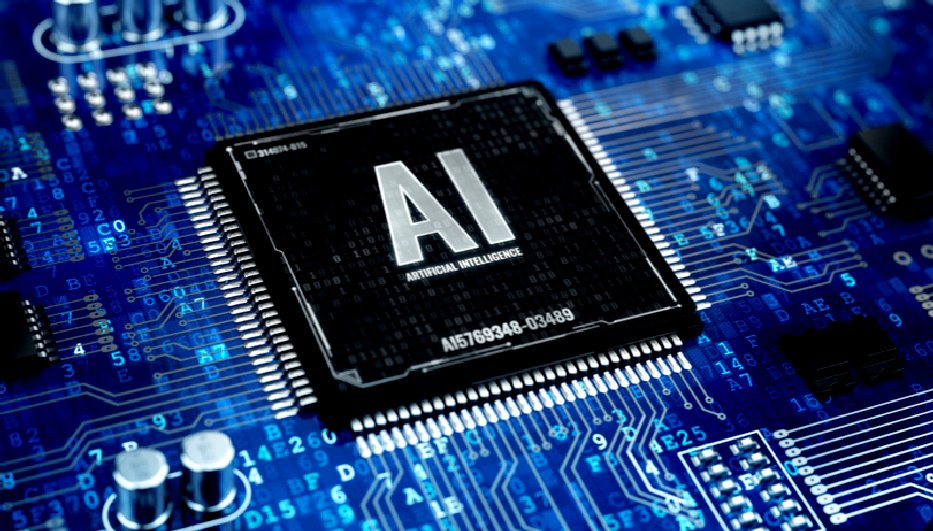
Then
there was computer coding. What kind of computer code would be best for his small autonomous giant robot hexapod - Basic, C++, Net, Python, Java, Android. And what combination of computers might work well together, Arduino, Raspberry
Pi. Would they take commands from a modern smartphone processor?
Jimmy
was again treading new ground. This was his most ambitious project to
date. It made all of his other Robot Wars solutions seem lame.
For a small, autonomous robot hexapod like
his Dinobot, he'd need a language that is easy to learn, efficient, and well-suited for robotics applications.
As usual when figuring complex tasks out, Jimmy jotted down ideas on paper
as they came to him, This was Jimmy's options list.
Python: Python is a popular choice for robotics due to its readability, versatility, and extensive libraries for scientific computing and machine learning. It's relatively easy to learn, making it suitable for beginners.
C++: For applications that require maximum performance and control over hardware, C++ is a powerful option. It's often used for embedded systems and real-time applications.
Java: Java is another object-oriented language with a large community and extensive libraries. It's used in many embedded systems and robotics applications, but it might be slightly less efficient than C++ for resource-constrained devices.
They
only way to find out for sure was to experiment. To boldly go where
nobody have gone before. Yes, he was a Star Trek fan.
>>
CHAPTER 14
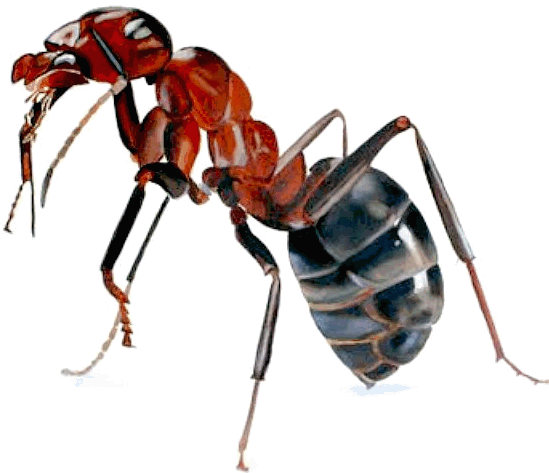
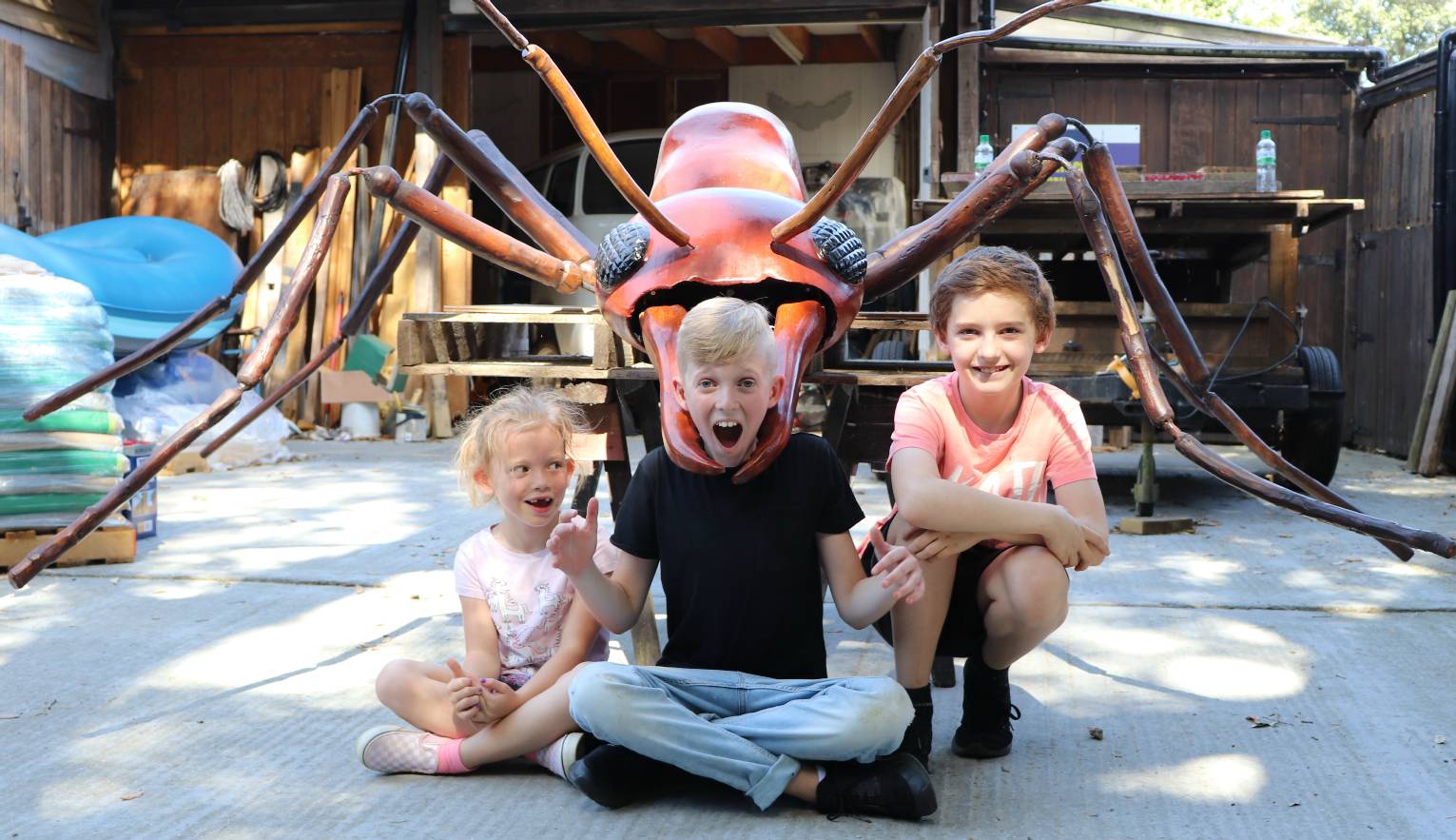
Some
of Jimmy Watson's friends, with the Magic Dinobot
|
CHAPTER
1 |
Dreaming
about a robot hexapod, Christmas wish |
|
CHAPTER
2 |
Marion
finds Jimmy's moneybox |
|
CHAPTER
3 |
More
money in the moneybox, than expected |
|
CHAPTER
4 |
Johnny
Baxter's (The Johnson) detention, King
Geek and the Geeklets |
|
CHAPTER
5 |
Jimmy
saves hard for nine months, while programming @ school |
|
CHAPTER
6 |
Mum
and Dad approve of Jimmy ordering his robot parts |
|
CHAPTER
7 |
Dad
builds Jimmy a shed for a workshop |
|
CHAPTER
8 |
Dad's
idea for Chameleon camouflage, invisibility cloak |
|
CHAPTER
9 |
Jimmy
begins assembling the Dinobot |
|
CHAPTER
10 |
Dad
buys Jimmy a welder, and teaches him how to use it |
|
CHAPTER
11 |
Jimmy
installs the electric drive motors |
|
CHAPTER
12 |
The
copper cable wiring challenge |
|
CHAPTER
13 |
Raspberry
Pi, Arduino and smart phone
computer micro processors |
|
CHAPTER
14 |
Coding
software extravaganza |
|
CHAPTER
15 |
It
moves, the Military review security with the
PM &
Buckingham
Palace |
|
CHAPTER
16 |
Johnny
breaks into Jimmy's shed with a thug, and gets tazed |
|
CHAPTER
17 |
Jimmy
uploads AI, GPS and other enhancements |
|
CHAPTER
18 |
Father
Christmas and the elves in the North Pole |
|
CHAPTER
19 |
Christmas
Eve, Jimmy retires exhausted |
|
CHAPTER
20 |
Jimmy
dreams of Santa Claus and his Dinobot coming to life |
|
CHAPTER
21 |
Christmas
Day, Where is the Dinobot? |
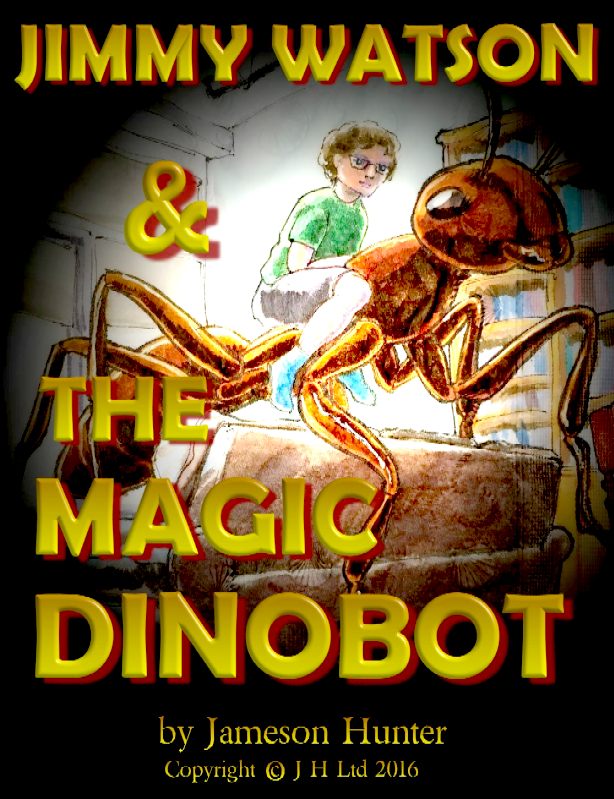
THE MAGIC DINOBOT
- From Jameson Hunter, an
original TV series idea, germinated in 2016. Jimmy dreams of building a giant
robot ant as a special project, then one day his dreams come true when the robot he
has built is transformed into a living, breathing, companion. NOTE:
This story is Copyright © Jameson Hunter
Ltd, March 30 2016. All rights
reserved. You will need permission from the author to reproduce the book
cover on the right or any part of the story published on this page.
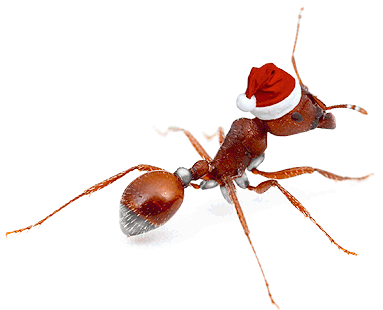
ANTICS
- ARDUINO
- ARMOUR
- ARTWORK
- BLACK
BOX - ELECTRONICS - ENERGY - FRAME
- FORMICARIUM
HEAD - JAWS -
KITS -
LEGS - MECHANICS
- MOTORS -
MOVIE
- RASPBERRY
Pi - R/C DRONE
-
SENTRY
SOFTWARE -
SOUND
PROOFING - SPACE
ROVERS - SPEED -
SUSPENSION - TAIL
- WEAPONS
- WARGAMING
|





